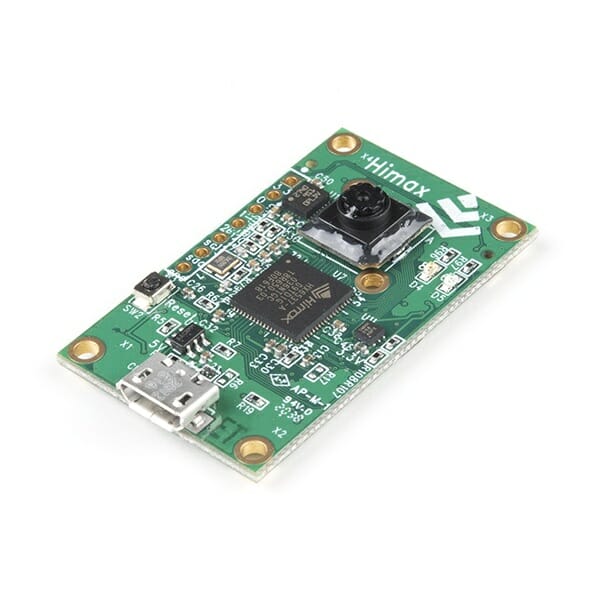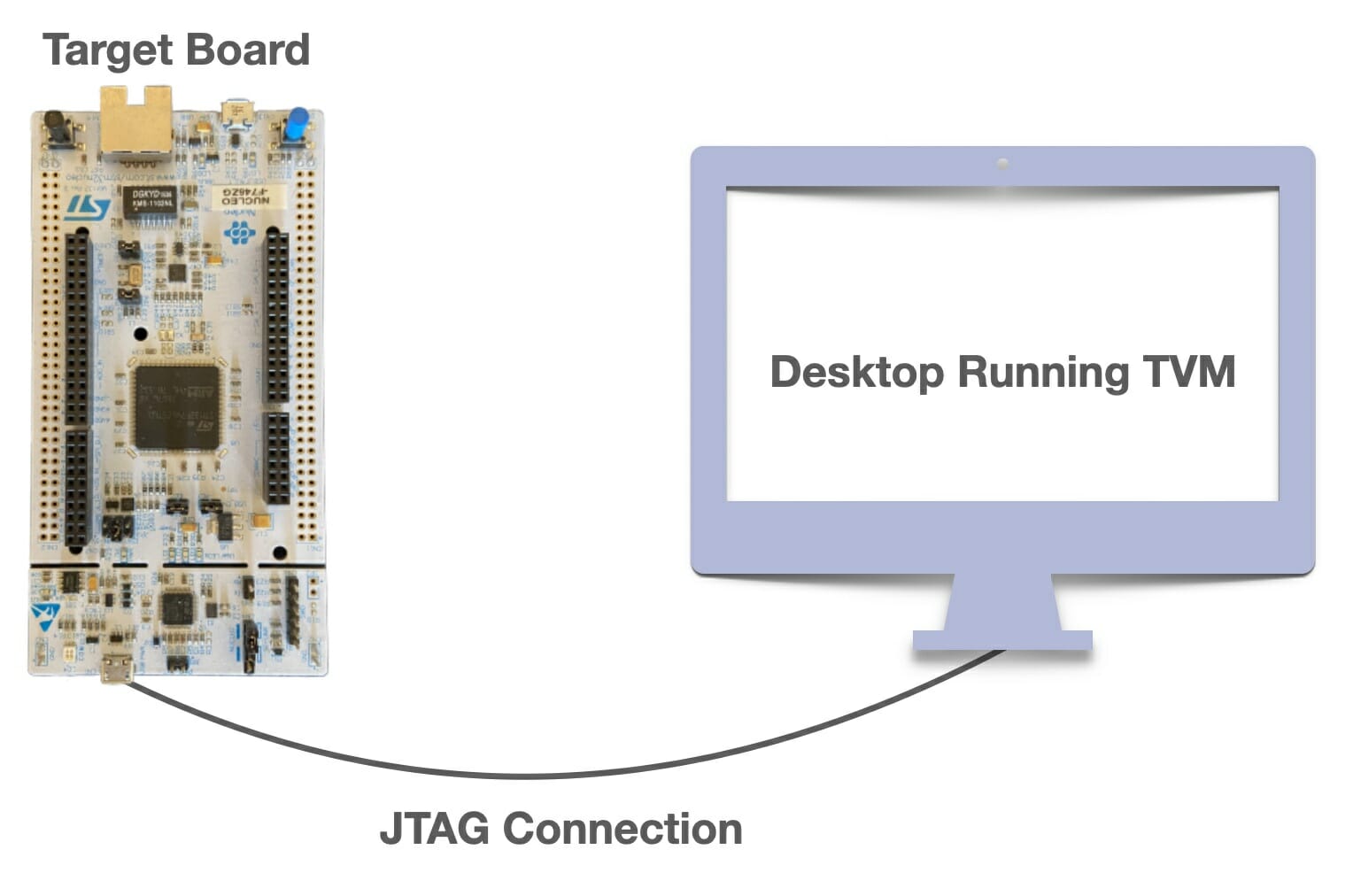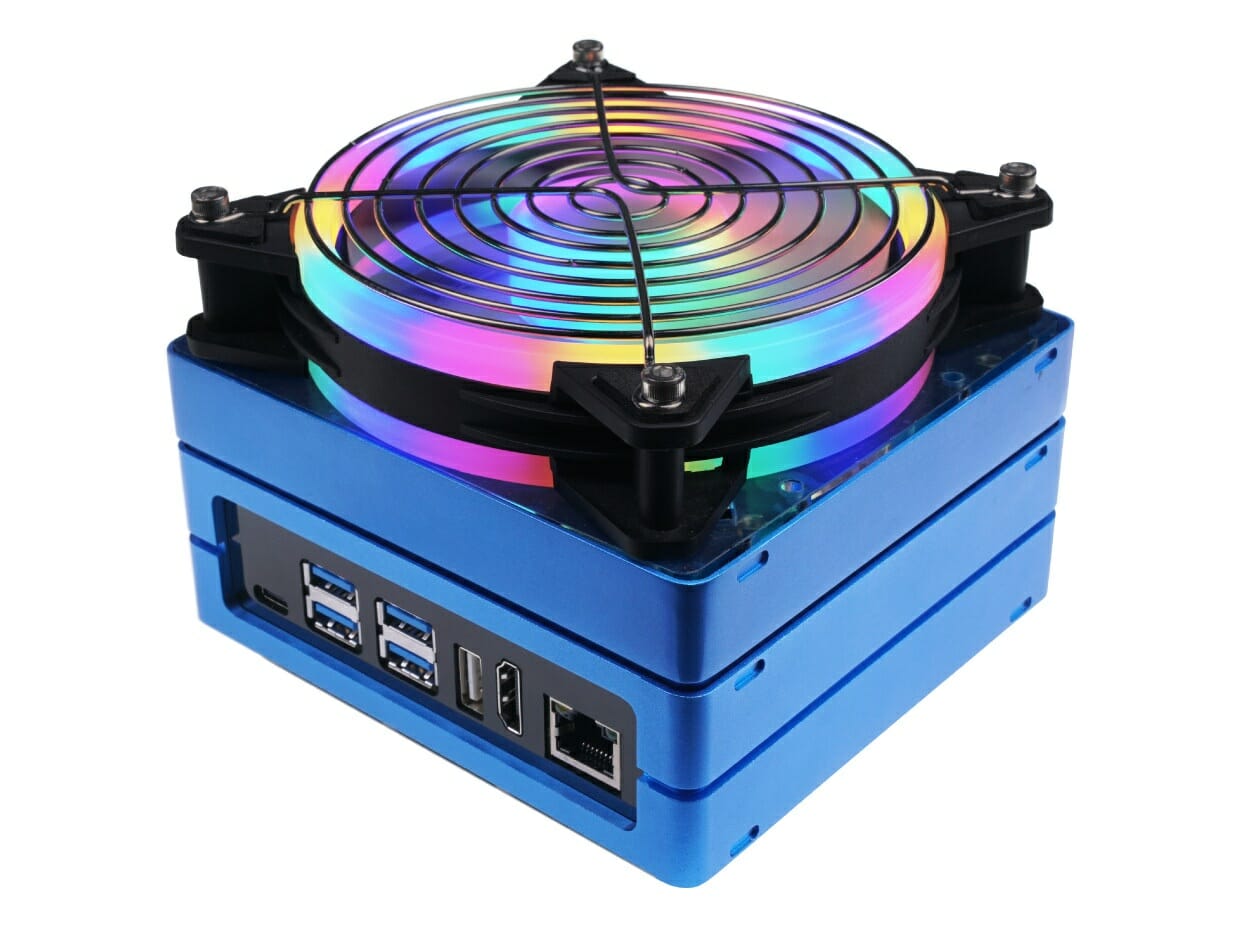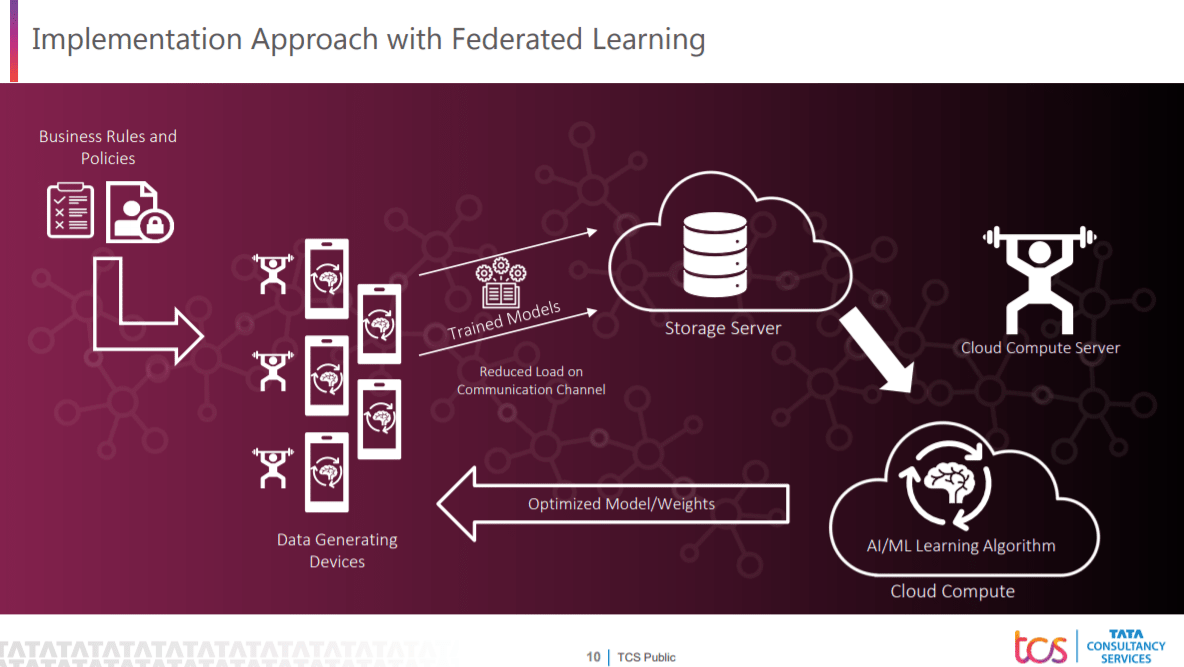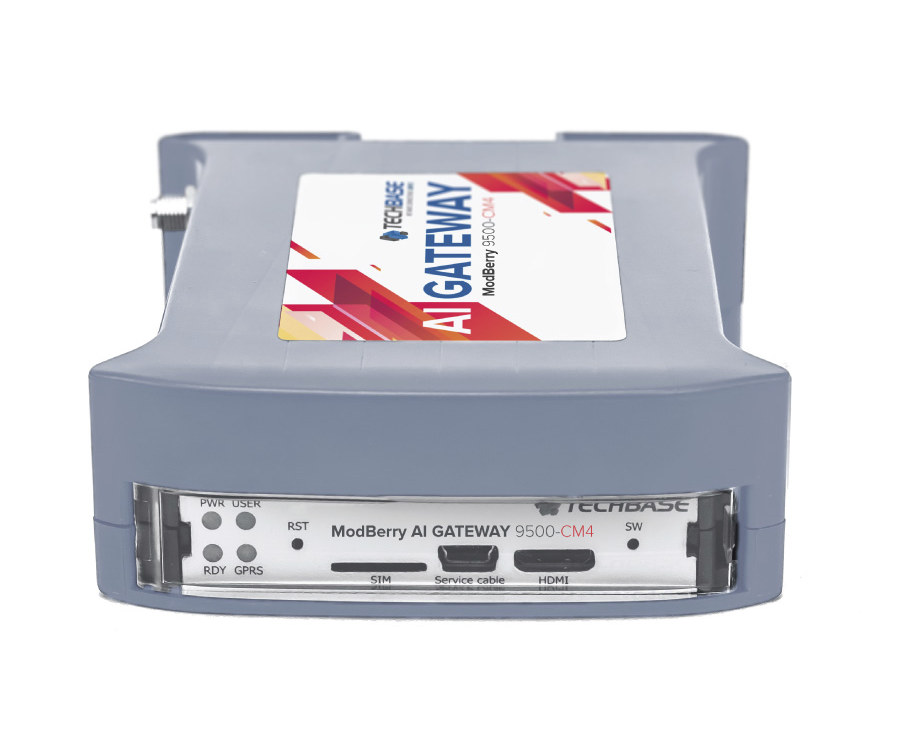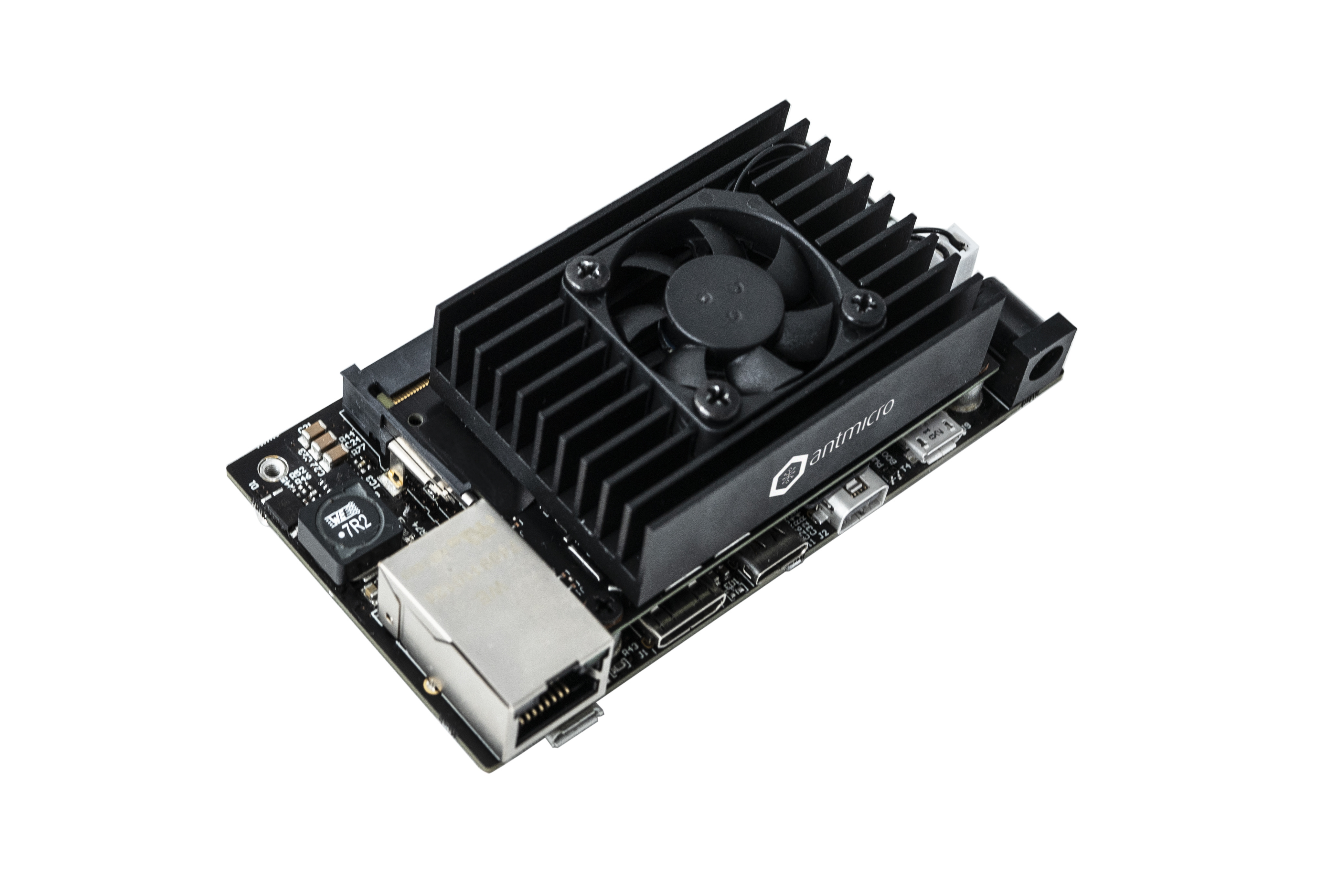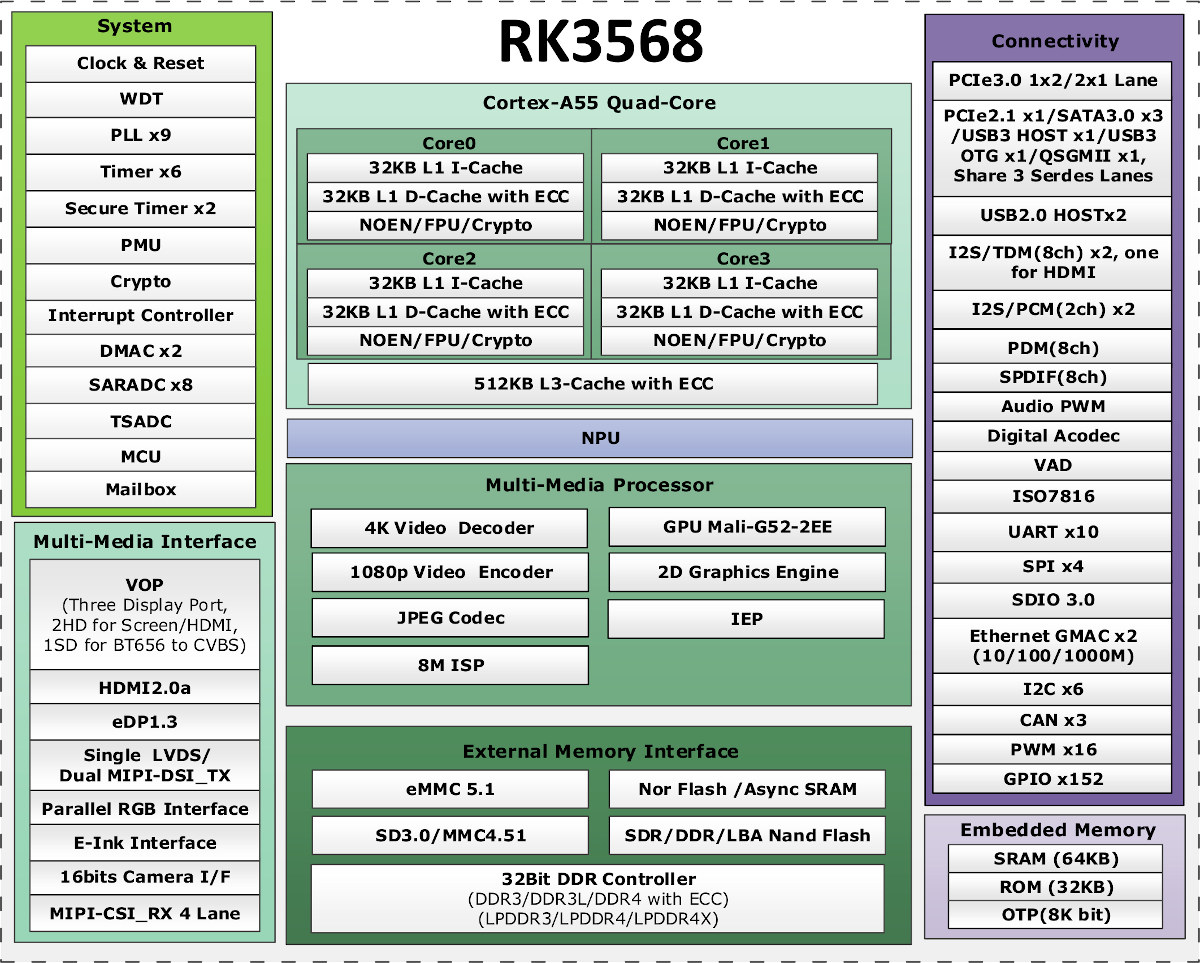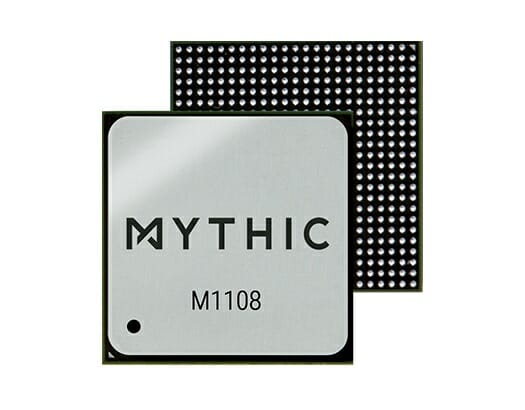Himax WE-I Plus EVB is a low-power AI development board focused on machine learning and deep learning applications with its support for the TensorFlow Lite framework for Microcontrollers. It consists of majorly two significant components. First, HX6537-A ASIC is an ultra-low-power microcontroller designed for battery-powered TinyML applications. Second, HM0360 VGA mono camera with ultra-low power and CMOS image sensing features for CV(Computer Vision) based applications like object classification and recognition. The All in One AI Development Board The Development Board consists of HX6537-A ASIC, with built-in ARC EM9D DSP working at 400MHz frequency. It contains internal 2MB ultra-low leakage SRAMs for system and program usage. It also contains two LEDs to display classification results. Connections with external sensors/devices can be established using I2C and GPIOs interface present in its expansion header. “The all-in-one WE-I Plus EVB includes an AI processor, HM0360 AoS VGA camera, 2 microphones, and a 3-axis accelerometer […]
Use AutoTVM and uTVM to optimize ML workloads on embedded devices & microcontrollers
We are seeing a massive increase in resource-constraints for embedded devices due to a lack of mature software stacks. With the increase in open-source hardware, the available software support takes a considerable amount of time to develop AI/ML/DL applications. Some of the challenges faced today are that bare-metal devices do not have on-device memory management, and they do not have LLVM support. They are also hard to debug because of rigid programming and cross-compilation interfaces. Due to this, “optimizing and deploying machine learning workloads to bare-metal devices today is difficult”. To tackle these challenges, there have been developments to support TVM, an open-source machine learning compiler framework for CPUs, GPUs, and machine learning accelerators, on these bare-metal devices, and Apache TVM is running an open-source foundation to make this easy. “µTVM is a component of TVM that brings broad framework support, powerful compiler middleware, and flexible autotuning and compilation capabilities […]
Jetson Mate Cluster box takes four Jetson Nano/Xavier NX modules
While we’ve seen plenty of cluster boards based on Raspberry Pi SBC or Compute Modules, I had never seen clusters of Jetson modules. Those already exist, and PicoCluster has a few, but what made me write this post today is Seeed Studio’s Jetson Mate cluster box equipped with a carrier board taking up to four NVIDIA Jetson Nano or Xavier NX modules, an enclosure covered with a largish cooling fan with RGB LED for good effect… Jetson Mate specifications: SoM compatibility – Jetson Nano or Jetson Xavier NX via four SO-DIMM sockets Video Output – HDMI 2.0 Networking Gigabit Ethernet (RJ45) port Microchip KSZ9896CTXC 6-port GigE Managed Switch for internal networking between the modules and to the outside world Camera – 2x MIPI CSI connectors USB – 4x USB 3.0 ports (one per module), 1x USB 2.0 port, 1x USB-C port for power Debugging – UART debug pins (4x pairs, […]
What is Federated Learning in 5G C-V2X?
In the past, Bluetooth, Wi-Fi, 3G, 4G with onboard sensors and GPS gave a huge start to the partial or conditional automation of the vehicles. In today’s era of 4G/5G C-V2X (Cellular vehicle-to-everything) with onboard compute and sensors have pushed the connectivity evolution in the automotive industry. Work has increased on high-automation and fully autonomous vehicles. This is all possible due to wireless communication which is 5G. 5G brings high bandwidth, ultra-low latency, and high reliability to the board. With these promises, it becomes very evident that these technologies, specifically with 5G that can be leveraged in vehicles. The technology is not just to connect vehicles, but also tries to see if a vehicle can connect to a network to get some information from the cloud servers. For the use case of vehicles platooning, we can expect a latency of 10 ms with 99.99% reliability and a high data rate […]
AI Gateway combines Raspberry Pi Compute Module 4 with Google Coral Edge TPU
Techbase quickly unveiled an update to their Modberry industrial controllers with Modberry 500 CM4 DIN Rail computer as soon as Raspberry Pi Compute Module 4 was launched. The company has now introduced another Raspberry Pi CM4 based product with ModBerry AI GATEWAY 9500-CM4 gateway combining the Broadcom BCM2711C0 system-on-module to Google Edge TPU to cater to applications leveraging AI acceleration. ModBerry AI GATEWAY 9500-CM4 preliminary specifications: SoM – Raspberry Pi Compute Module 4 AI accelerator – Google Coral Edge TPU module with up to 4 TOPS connected over the RPi CM4’s PCIe interface Peripherals (customizable as needed) USB, HDMI, and Ethernet. Serial RS-232/485 ports Digital and analog I/Os with or without opto-isolation Relays, 1-Wire, CAN bus, M-Bus Master and Slave PCIe modules for wireless support Cellular – 4G/LTE and 5G modem, interchangeable with Coral TPU, plus on-board eSIM LPWAN – NB-IoT, LoRa, Sigfox, Wireless M-Bus ZigBee Additional Wi-Fi/Bluetooth interface or […]
Compact Jetson Xavier NX/ Nano open hardware baseboard supports Android
When it comes to NVIDIA Jetson family of modules, we should understand that NVIDIA Jetson Nano is for makers and STEM education, while Xavier NX is more geared towards professional and commercial use. The compute module Xavier NX was announced before the development kit, which includes the module and reference carrier board and otherwise for NVIDIA Jetson Nano. There are some third-party carrier boards & edge computers available for Jetson Xavier NX and Jetson Nano, including DesignCore Carrier Board and Diamond FLOYD Carrier Board. Antmicro, a custom hardware, software, and AI engineering company, came up with a compact open hardware device: Jetson Nano/ Xavier NX baseboard. It supports both NVIDIA Jetson Nano SoM as well as the Xavier NX SoM. The board is designed to put NVIDIA’s versatile module at the heart of cutting-edge projects and drive innovation in areas such as AI/ML, drones, medical and industrial object recognition systems. […]
Rockchip RK3568 processor to power edge computing and NVR applications
We recently reported on the Rockchip developer conference (RKDC) 2020, and especially the upcoming Rockchip RK3588 Cortex-A76/A55 processor that packs a lot of power and features, and is now scheduled to launch in Q3 2021. But as you can imagine there were other products revealed during the conference, including the new Rockchip RK3568, similar to the previously announced RK3566, and designed for edge computing and network video recorder (NVR) applications. There’s also an RK353X processor specifically designed for NVR application that should have similar performance as RK3568, but a lower cost, as well as two UP camera SoC with RV1106 and RV1128. CNX Software managed to obtain the presentation for the RK3568 processor from the conference so we’ll focus on the quad-core Cortex-A55 processor in this post. Rockchip RK3568 specifications: CPU – Quad-core Cortex-A55 processor with NEON and FPU GPU – Mali-G52 EE with support for OpenGL ES 1.1 to […]
M1108 AI accelerator chip delivers up to 35 TOPS for high-end edge AI applications
Last week, Mythic announced a breakthrough with compute-in-memory technology based on a 40 nm process with what the company claims to be the industry’s first Analog Matrix Processor. The M1108 AMP AI accelerator chip targets high-end edge AI applications including smart home, AR/VR, drones, and is said to set a benchmark in the industry for high performance and low power in a single cost-effective device, also available in M.2 and PCIe form factors. The M1108 comes with an array of flash cells, ADCs, a 32-bit RISC-V nano-processor, a SIMD vector engine, SRAM, and a high-throughput Network-on-Chip (NOC) router. With 108 AMP tiles, the M1108 provides up to 35 Trillion-Operations-per-Second (TOPS) enabling ResNet-50 at up to 870 fps. This enables a power-efficient execution of complex AI models such as ResNet-50, YOLOv3, and OpenPose Body25. The industry leader NVIDIA also has a similar AI accelerator chip NVIDIA Xavier AGX which delivers up […]

